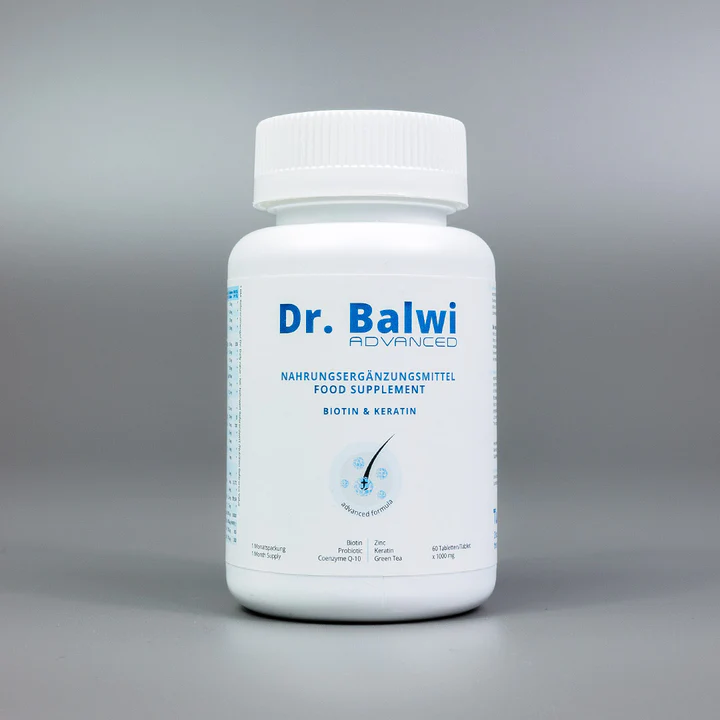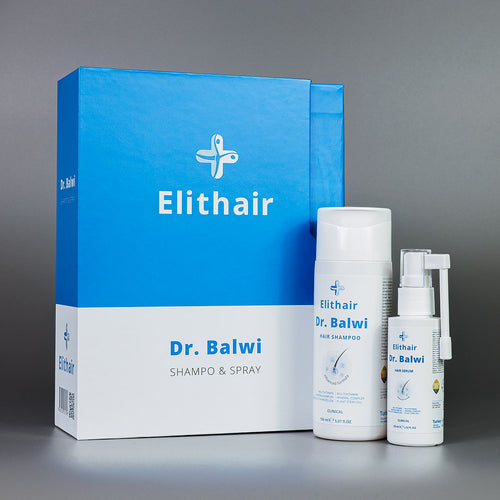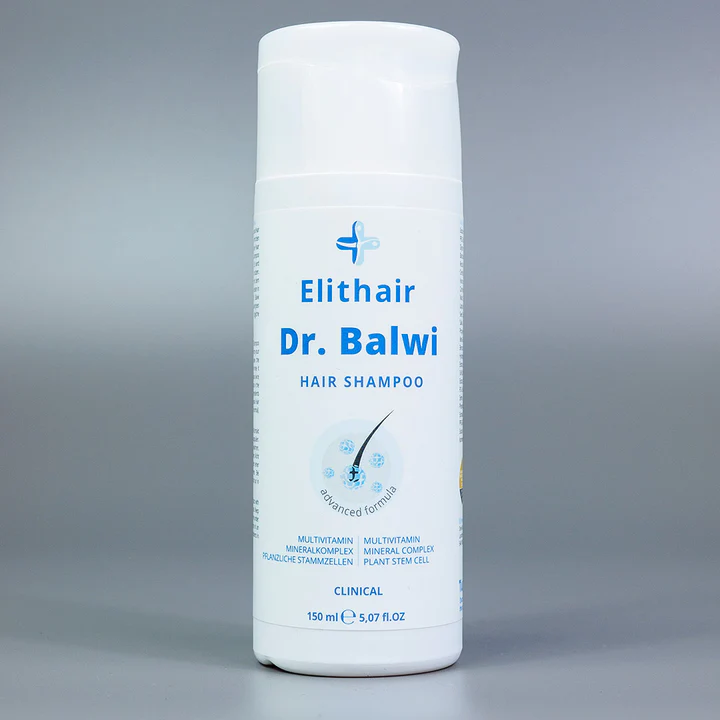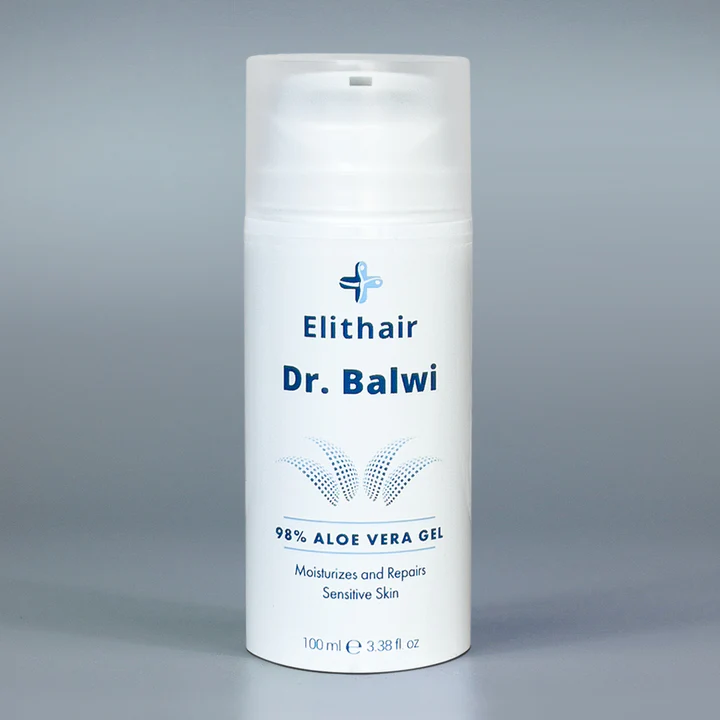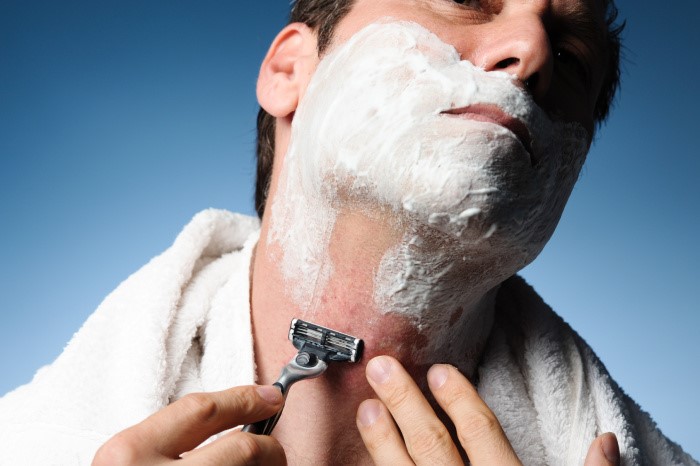
Why Do I Get Razor Burn?
Razor burn and razor bumps often get confused. A razor burn is a rash that appears directly after shaving as a result of skin irritation. Pseudofolliculitis barbae, commonly known as razor bumps, appears as inflammation surrounding the hair follicle.
Those can cause equal annoyance as a result of beard grooming. And they usually heal just as it’s time to shave again. Creating a continuous cycle of irritation, healing and back to irritation again.
Red bumps aren’t just repetitive, they can also cause permanent damage to the skin. Learn how can they be prevented and how to treat them.
Summary
- What is Pseudofolliculitis Barbae?
- What Causes Razor Burn?
- What’s an Ingrown Hair?
- How Long Does Razor Burn Last?
- How to Stop Getting Razor Burns
- How Do I Soothe Razor Burn?
- Conclusion
What is Pseudofolliculitis Barbae?
Pseudofolliculitis barbae is the scientific name for razor bumps. It’s a common occurrence for men when shaving the beard area because beard hair is formed from androgenic hair.
This means that the hair growth is related to the testosterone hormone – therefore, the more testosterone, the more growth and thickness. As a result of this, you need to care for your beard hair differently to the rest of the hair on your body.
What Causes Razor Burn?
A razor burn is very irritating and can cause persistent discomfort. It’s caused when the surface of the skin becomes damaged during shaving. The damaged skin then burns as a result of the skin irritation. This includes tenderness, itchiness and the skin becomes hot to touch. A high price to pay for a few days of smooth skin.
The increase in blood flow to the shaved area is the body’s response to skin irritation. It’s tempting to itch it, but this will just cause the irritation to worsen and prolong the healing process.
What’s an ingrown hair?
As the hairs grow, they can get trapped and curl within the pore. This is known as ingrown hair which is concurrent with razor bumps. This is a very common occurrence for black men who have tight, curly beard hair. However, it can happen even when the hair is straight.
Ingrown hairs look like red, inflamed bumps on the surface of the skin where you recently shaved. In some cases, you may be able to see the hair growing inwards under the skin. If an infection has occurred you may also experience skin darkening and perhaps scarring.
They typically take a week to clear up on their own. But It depends on how far the hair has grown into the skin, and if an infection has occurred.
How Long Does Razor Burn Last?
It can disappear overnight. However, razor bumps can last for 2-3 days while the hair grows further from the surface of the skin. After which irritation will be reduced. Prompt treatment as soon as the razor burn or razor bumps occur will quickly reduce the symptoms.
How to Stop Getting Razor Burns
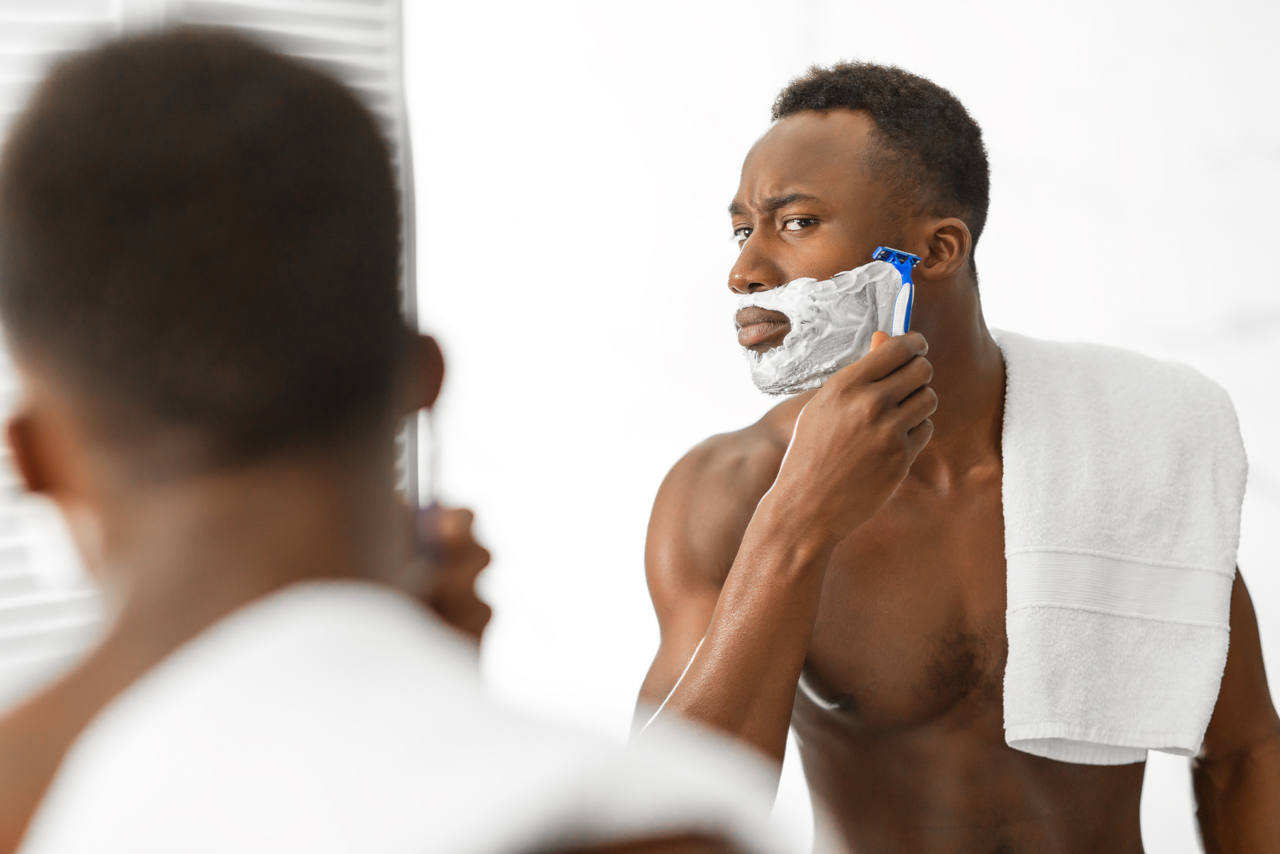
The best way to prevent razor burn is to stop shaving. But of course, this isn’t always an applicable solution. There are methods of reducing the chances of skin irritation during shaving, in order to prevent razor burn and subsequently razor bumps. This isn’t always a solution as it depends on the individual and the specific hair type.
How to shave to prevent razor burn
- Preparation – Correct preparation is key for beard grooming. First, exfoliate and cleanse the face and beard using warm water. Using warm water, wet a face cloth and hold it against the beard for a minute. This will soften the hair and open the pores.
- Use a shaving foam – Apply a shaving cream or gel to the beard with a shaving brush. This will help to raise the hair for a closer shave.
- Choose the right razor – A poor quality, blunt razor can irritate the skin, thus making the skin more susceptible to a rash, particularly with sensitive skin. So chose a high-quality razor with sharp blades for a smooth shave.
- Rinse your razor – Rinsing your razor in warm water before and after each swipe will remove the build-up of hair and shaving foam.
- Direction – When it comes to shaving technique shave with the grain of the hair rather than against it. Shaving against the grain of the hair can cause unnecessary aggravation to the hair follicles.
- Rinse and cleanse – After shaving, rinse the affected area with warm water to cleanse the skin.
- Cold water – Finish the routine by rinsing your face with cold water. This will close the pores and soothe the skin.
How Do I Soothe Razor Burn?
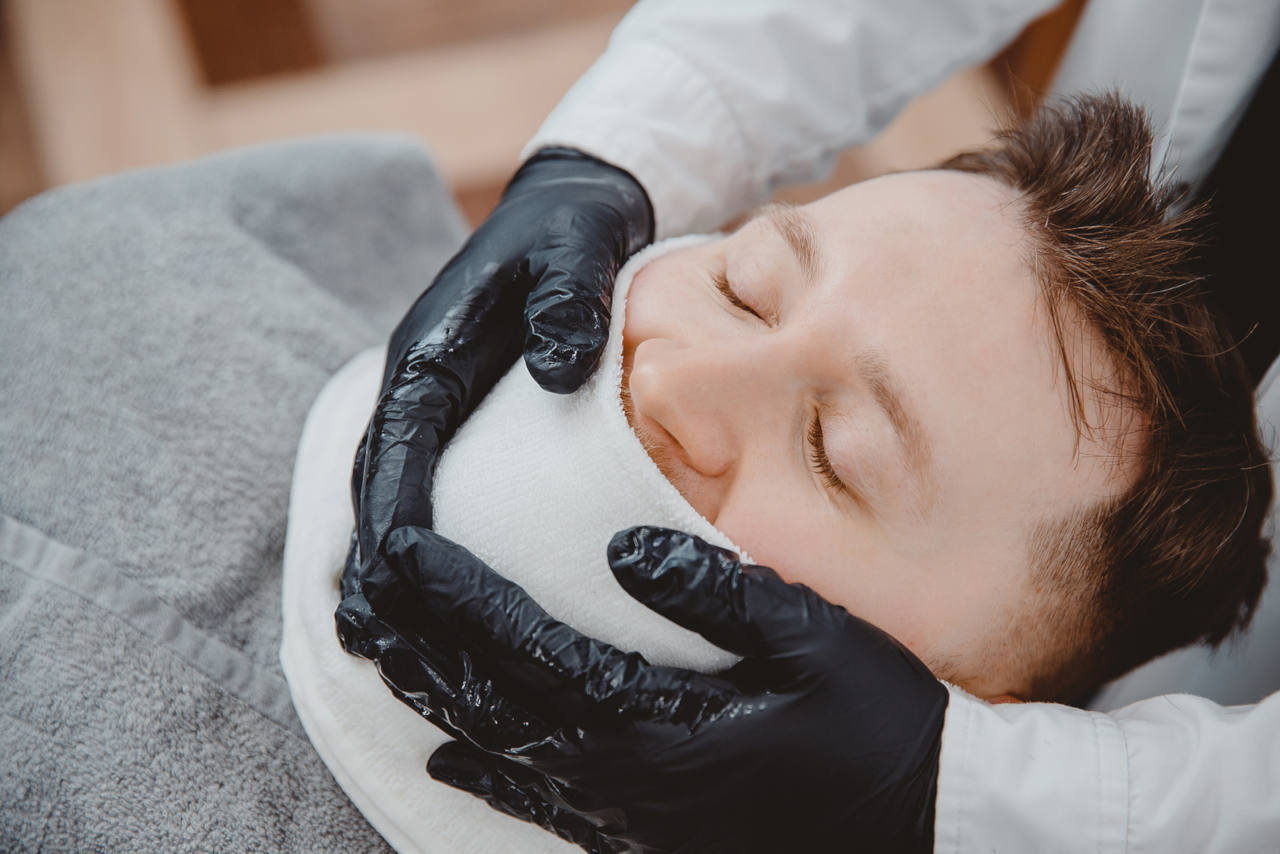
Directly after shaving, try applying a soothing product like natural hair oils. This will help to prevent inflammation and will work to nourish the skin and repair any damage. If you shave before bed and apply a soothing remedy afterwards, the razor burn will be soothed overnight.
The best natural ways to treat razor burn include:
- Aloe vera
- Coconut oil
- Almond oil
- Tea tree oil
- Witch hazel
Aloe vera and coconut oil are well known for their soothing benefits and ability to heal burns. Coconut oil is renowned for its health benefits, alongside its anti-inflammatory and antiseptic properties.
Tea tree oil is anti-inflammatory and antimicrobial (kills microorganisms). It should be diluted within a carrier oil such as almond or coconut oil. Witch hazel has tannin as one of its main elements. This causes tannin to be a natural astringent and anti-inflammatory.
In extreme cases hydrocortisone cream can be used under medical advice to combat the red bumps and shaving irritation if it persists for a long period of time in order to relieve the symptoms of razor burn.
Have you tried the 98% Aloe Vera Gel by Dr. Balwi?
This aloe vera gel for hair, face and skincare, has been developed under the supervision of Dr. Balwi, our chef medical officer. Aloe vera has many benefits due to its moisturising, cooling and soothing properties. With 98% aloe vera content, this product is ideal for use on irritated skin, itchy scalps, razor burn and sunburn.
Conclusion
Razor burn is a painful and irritating occurrence that happens as a result of shaving. The surface of the skin becomes irritated causing blood to rush to the face, resulting in inflammation and a burning sensation.
It’s best to treat the skin directly after shaving to help prevent the burning sensation from occurring. Try our 98% Aloe Vera Gel to combat this irritation and provide a cooling effect along with moisturising the skin and creating an anti-inflammatory layer.
Do you have any more questions or do you suffer from a patchy beard? Then don’t hesitate to contact our friendly team that will provide you with any additional information you may need about getting a beard hair transplant. Furthermore they can also offer a free and non binding hair analysis.
